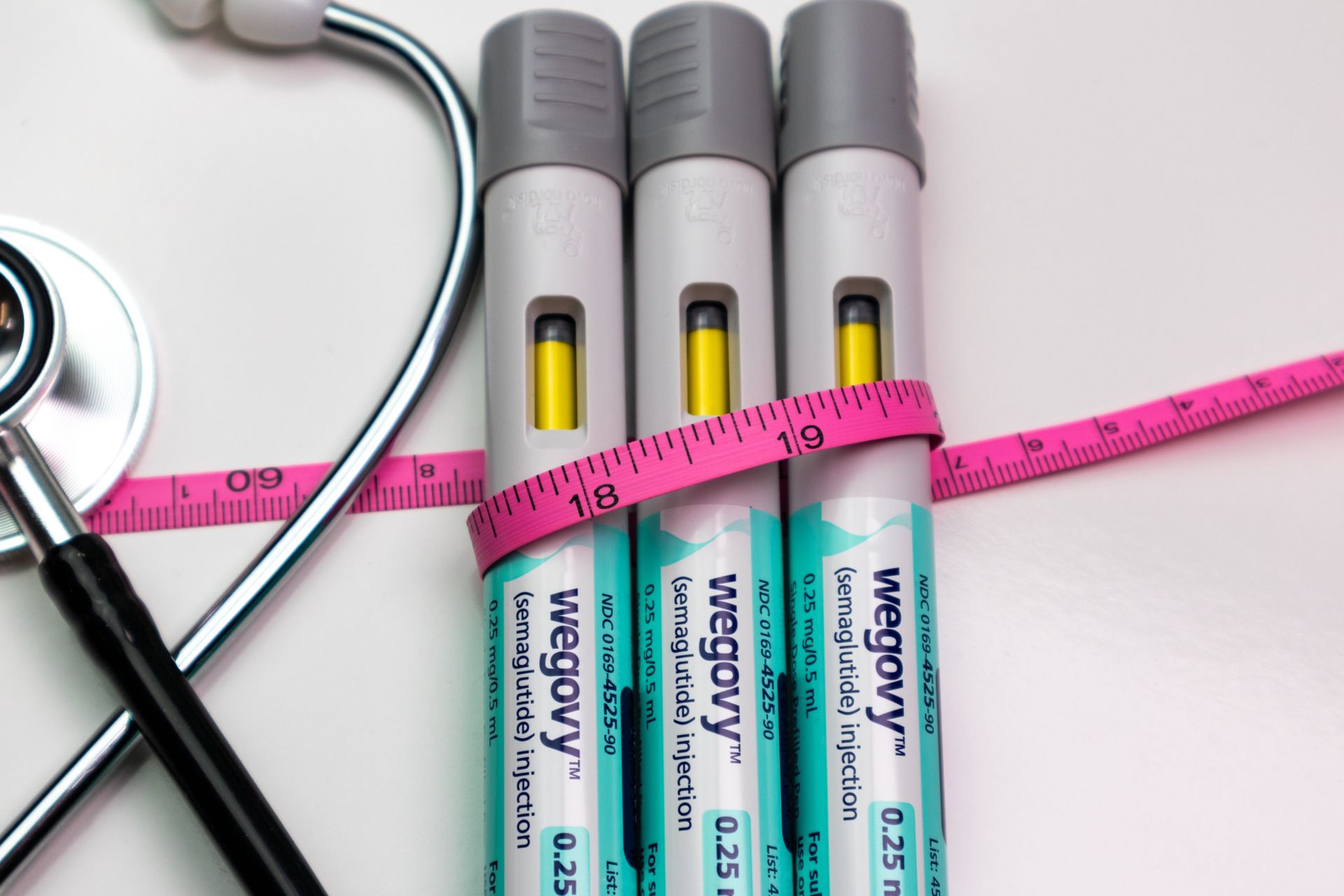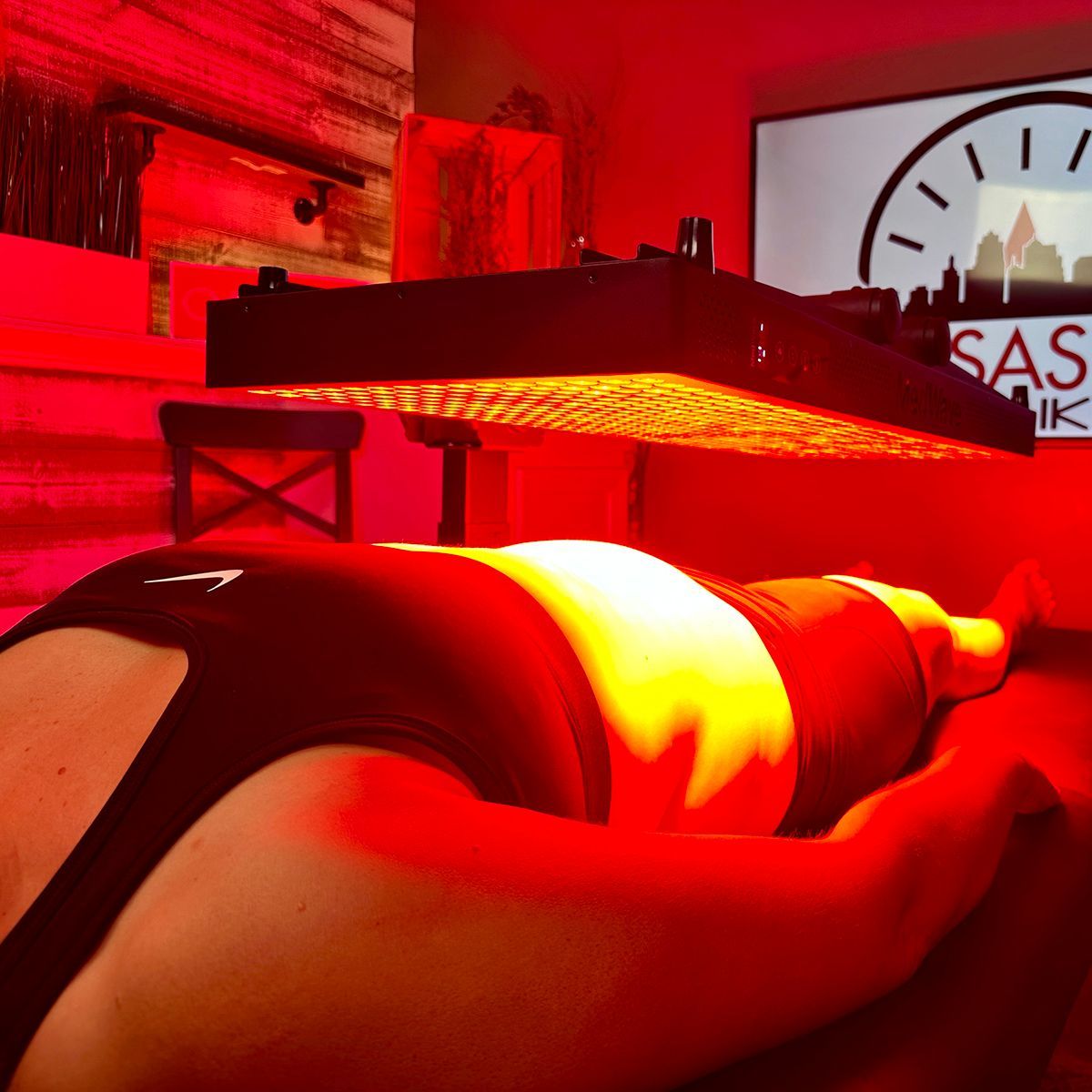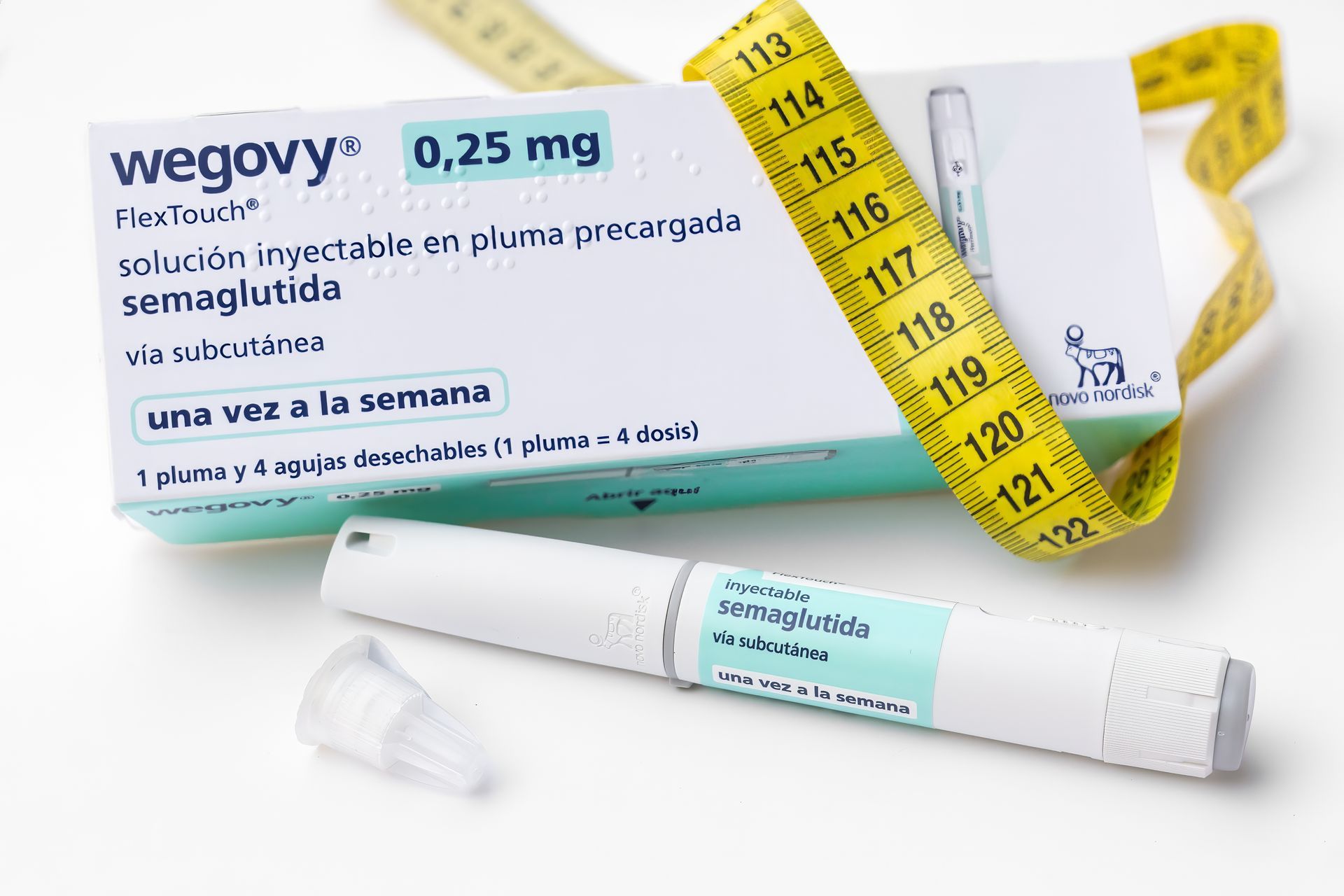Liposuction: What it is, How it's Done, and the Risks Involved | Kansas City Laser-Like Lipo®
Liposuction: What it is, How it's Done, and the Risks Involved

Photo Credit: Shutterstock
At Kansas City Laser-Like Lipo®, many of our patients have historically done liposuction before coming into our practice, and for the majority of those patients their liposuction results were short lived. Unfortunately, they did not incorporate any lifestyle changes, or little lifestyle changes, and they created more fat and it was placed into remaining fat cells. Liposuction, also known as lipoplasty or simply lipo, is a surgical procedure that involves the removal of excess body fat from specific areas through the use of a suction technique. The procedure is aimed at improving body contour and proportion by creating a more balanced and desirable silhouette. Although liposuction has been around for decades, advances in medical technology have made it more precise, less invasive and safer than ever before. In this article, we will discuss what liposuction is, how it's done, and the associated risks.
What is Liposuction?
Liposuction is a cosmetic procedure performed by a plastic surgeon to remove unwanted fat deposits that are resistant to dieting and exercise. It is primarily used to reduce the volume of subcutaneous fat in specific areas of the body such as the buttocks, thighs, arms, abdomen, and back. While liposuction is not a weight loss method, it can help sculpt the body to create a more balanced contour.
How is Liposuction Done?
The liposuction procedure is performed under local anesthesia, general anesthesia or a combination of the two. The surgeon makes small incisions in the target area and inserts a cannula, a thin tube with a diameter of about 3-6mm, into the subcutaneous fat layer. The cannula is then moved back and forth using a controlled lateral motion to loosen the fat cells and break them down into smaller globules. Suction is then applied through the cannula to remove the dislodged fat cells from the body.
There are several types of liposuction techniques that can be used depending on the specific requirements of the patient's body structure and the surgeon's preference. These include:
- Tumescent liposuction: This type of liposuction involves injecting a large amount of a solution made up of saline, epinephrine and lidocaine into the fat layer. This solution not only numbs the area but also helps to shrink the blood vessels, making the procedure less invasive and safer. Tumescent liposuction is the most commonly used technique.
- Power-assisted liposuction: This is a variation of tumescent liposuction that uses a special cannula that vibrates at high speeds to help break down the fat cells and facilitate their removal.
- Ultrasound-assisted liposuction (UAL): This type of liposuction uses high-frequency sound waves to liquefy the fat cells, making them easier to remove from the body.
- Laser-assisted liposuction (LAL): This technique uses a low-energy laser to liquefy the fat cells, making it easier for the surgeon to remove them.
- Radiofrequency-assisted liposuction (RFAL): This variation of liposuction involves using radiofrequency energy to break down the fat cells, making them easier to remove from the body.
The choice of technique used depends on various factors, such as the amount of fat to be removed, the patient's skin elasticity, and the surgeon's experience.
Risks and Complications Associated with Liposuction
Despite the advances made in medical technology, like any other surgical procedure, liposuction is not risk-free. Some of the risks and complications associated with liposuction include:
- Infection: The incisions made during the procedure can become infected, which can lead to more serious complications such as sepsis.
- Blood loss: The cannula used to remove the fat cells can cause blood vessels to rupture, resulting in significant blood loss.
- Fat embolism: This rare but life-threatening condition occurs when fat enters the bloodstream and travels to the lungs, causing breathing difficulties and other serious complications.
- Skin burns: Laser-assisted liposuction can cause skin burns, especially when the laser is not used correctly.
- Nerve or tissue damage: The cannula used during the procedure can damage underlying nerves and tissues, leading to permanent numbness or other sensory issues.
- Uneven results: Even with the best surgeons, liposuction can lead to uneven results and contour irregularities, particularly if too much fat is removed from one area.
It is essential to understand that liposuction is a major surgical procedure, and as such, requires careful consideration about the potential risks and complications.
The Benefits of Non-Invasive Laser Lipo at Kansas City Laser-Like Lipo®
Non-invasive laser lipo services are becoming increasingly popular thanks to their numerous benefits as compared to traditional liposuction. Firstly, non-invasive laser lipo is a completely non-surgical procedure, meaning that there are no incisions involved. This factor alone makes laser lipo a more attractive option for many patients who are put off by the thought of undergoing surgery. At Kansas City Laser-Like Lipo®, our non-invasive laser lipo services generate no discomfort, meaning that patients can enjoy a more comfortable and relaxing experience as they sculpt their body.
Another significant benefit of non-invasive laser lipo is that there is no downtime. Unlike traditional liposuction, which requires patients to take time off work and wait weeks for bruising and swelling to subside, non-invasive laser lipo allows patients to continue with their daily lives immediately after the procedure. At Kansas City Laser-Like Lipo®, our non-invasive laser lipo services involve no downtime, so patients can go right back to work or continue their regular activities after their session.
Conclusion
Despite being a popular cosmetic procedure, traditional liposuction has its share of risks. Surgical liposuction is a complicated procedure that involves anesthesia, incisions, and substantial post-operative recovery. Patients who undergo traditional liposuction can experience bleeding, infection, and severe bruising. Non-invasive laser lipo services have become a more popular option due to the reduced risks and simpler procedure. At Kansas City Laser-Like Lipo®, we use innovative laser technology to target fat cells, which eliminates the need for incisions, reducing these risks. The use of advanced laser technology has revolutionized body sculpting and made it easier and safer than ever before.











Share On: